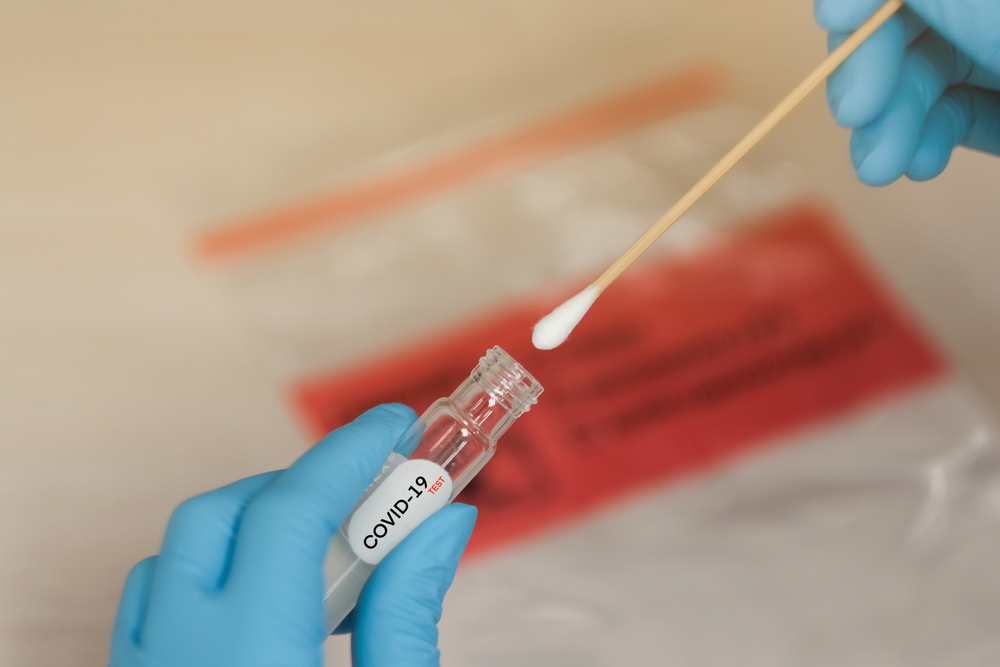RIO DE JANEIRO, BRAZIL – On Thursday, August 13th, the National Supplementary Health Agency (ANS), which regulates private health plans, decided in a board meeting to include the performance of serological tests for coronavirus in the list of minimum compulsory insurance coverage. The decision comes almost a month after the exclusion of compulsory coverage for this test by most health plans.
The test detects the presence of IgA, IgG, or IgM antibodies in the patient’s blood, produced by the body after exposure to the virus. Consequently, the test is prescribed from the eighth day after the onset of symptoms. For attorney Rafael Robba from Vilhena Silva Law Firm, specialized in health law, the decision is an achievement for consumers, even if belated.
In late June, ANS had included serological testing in the list of compulsory health insurance coverage, in compliance with a court ruling handed down in a Civil Lawsuit brought by the Pernambuco Association for the Defense of Insurance Users, Health Plans and Systems (ADUSEPS). The agency appealed the decision on the grounds that there was no “guarantee of efficacy/safety of such technologies (tests)” and, in mid-July, it succeeded in overturning the injunction that enforced coverage. However, it pledged to discuss the issue further.

According to ANS, despite the court’s ruling, health plans were still required to provide the serological test, upon medical request, issued if the patient presented flu or respiratory syndrome symptoms.
According to attorney Robba, the legal battle involving compulsory coverage of the test by health plans has created uncertainty and confusion among consumers. “At some point, consumers have access to it. After having access, achieved only by legal action, ANS appeals the decision, affecting millions of beneficiaries. Months into the pandemic, only now does the Agency decide to understand the need for such an important test,” says the attorney.
Since March, health plans have been required to cover the RT-PCR test, which detects the presence of the virus’ genetic material, by taking throat and nose swabs.
RT-PCR versus serological test
The RT-PCR is a molecular test that detects the presence of the virus’ genetic material. That is, it diagnoses active infections. The test is performed by collecting material with a swab, inserted in the nose or the back of the throat. Because it diagnoses the disease in its acute stage, its performance is recommended between the third and tenth day of symptoms.
The serological test, including the rapid test and blood tests performed in the laboratory, is recommended for people who have experienced symptoms of the disease for a longer period. The minimum period recommended is eight days, but ideally after the tenth day. This interval is required because the test detects the presence of antibodies, which are substances produced by the individual’s body to fight the virus.
The antibodies take some time to be produced in large amounts and their presence is detected in the test. This test is intended to detect people who have had contact with the virus, but it is not useful for diagnosing acute conditions.
These tests detect different types of antibodies. The IgM shows that the patient has been recently infected and the body may still be struggling with the infection. The presence of this antibody may also suggest that the patient is still infected. Therefore, the RT-PCR test should be conducted to check if the virus is still active.
The IgA is an alternative to the detection of the IgM antibody by using the ELISA methodology. Its use in place of the IgM is due to the fact that the IgA occurs at an earlier stage than the IgM. The IgG antibodies show that the patient had an infection at least three weeks ago and has some degree of immunity to the virus.
Source: Veja

